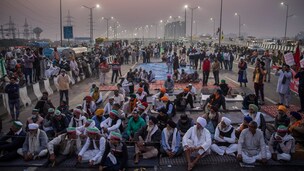Coal India's fuel allocation under spot e-auction rises 59% during April-November
Fuel allocation by CIL under the scheme also increased to 4.09 MT in November, from over 3.58 MT in the corresponding month of 2019.
PTI
December 21, 2020 / 10:03 PM IST
State-owned CIL allocated 25.78 million tonnes (MT) of coal in the first eight months of this fiscal under spot e-auction scheme, registering a year-on-year increase of 59.4 per cent. Coal India Ltd (CIL) had allocated 16.17 MT of coal in the April-November period of the previous fiscal, according to government data.
Fuel allocation by CIL under the scheme also increased to 4.09 MT in November, from over 3.58 MT in the corresponding month of 2019. Coal distribution through e-auction was introduced to provide access to coal for such buyers who are not able to source the dry fuel through the available institutional mechanism, according to CIL's website.
Coal India aims at substituting 80-85 mt of imported fuel in FY'21
The purpose of e-auction is to provide equal opportunity to all intending buyers for purchasing coal through single window service. Coal India accounts for over 80 per cent of domestic coal output.
CIL has revised its production target to 650-660 MT for the current fiscal in the wake of the disruptions caused by the COVID-19 pandemic. The miner had earlier set a production target of 710 MT for the 2020-21 fiscal.
"COVID-19 pandemic has affected demand for coal. However, demand has started to pick up now as the industries have commenced operations. "Given the situation, we are hopeful to end the year with 650-660 million tonne of production," Coal India Chairman Pramod Agrawal had said.










_2020091018165303jzv.jpg)

























